The PSC Library is open M-F 8am-4:30pm and will be closed from December 22 through January 2 for the Winter break. You may contact us at library@prairiestate.edu.

The PSC Library is open for limited in-person hours by appointment M/W 9-noon and Tuesday/Thursday 1-4 for the summer. We will also be restarting the loaning of physical items. Patrons wanting a physical item should place a hold online and make an appointment to pick it up when you are notified it is available. This video will explain how to place holds using the SWAN catalog, which gives you access to books and other resources from a large number of regional libraries.
Do you love the New York Times? Enjoy the Washington Post? Global Newsstream is a library database that has access to news back to the 1980’s. No need to hit a paywall with the New York Times. If you have the article title, or author, you can find it using the search bar. For example, if you would like to read, “Tell Me the One About the Presidential Candidate Who Ran For Mayor,” you can do so from our subscriptions at the PSC library.
Simply go to our Global Newsstream database, and use the search bar to find the article by title. Click on the Full Text button and you have the article at your fingertips.
A few things to bear in mind- articles won’t look like they do on the newspaper's own website, and instead will look like ProQuest. This unfortunately means that you can’t peruse the front page of a paper. You do need to know either the author or the article name to search for it ahead of time. However, if you have hit the article limit for the New York Times, this is an easy way to continue accessing articles.
This coming fall will be a new normal, meaning that many of you are teaching hybrid classes. It would be worth brainstorming some instructional design ideas. The library has some eBooks that can help:
Need to learn instructional design quickly? Try Rapid Instructional Design: Learning ID Fast and Right by George M. Piskurich
If you want something written by authors with a lot of experience across multiple professions, read Instructional Design: A Primer
To ensure that your class is accessible, read, Accessible Instructional Design by Dave L. Edyburn
This is only a sampling of our collection and we are happy to help you find more. Please also feel free to reach out to our Manager of Online Learning, Lirim Neziroski for additional assistance.
We all like to think that we are logical, and it is other people who are biased. It is our students who suffer from cognitive bias, not us! I’m sorry to be the one to tell you that you too suffer from this affliction. Believing that this is exclusively a problem experienced by others is part of cognitive bias.
Cognitive bias “is the product of simplified and unsound mental processes that people use to understand the complexities of the world” (Ruth, 2020). In other words, the world can be complex, messy, and nuanced; cognitive bias is a shortcut to help us make sense of it. We take mental shortcuts (heuristics) by relying on stereotypes and then “accidentally” stumble across resources that validate our worldview through confirmation bias. We all have cognitive bias, but it becomes a problem when we neglect to note our own biases and act as though our views are entirely objective.
Examples of cognitive bias can include:
Confirmation Bias
As mentioned above, confirmation bias is a type of cognitive bias. It is the process of finding sources that confirm what you already believe. Internet filter bubbles tend to feed us content derived from our previous searches, furthering our confirmation biases.
Fundamental Attribution Error/Correspondence Bias
When you experience this type of bias you believe that people act as a result of character traits without taking into consideration their context. People behave badly because they are “bad seeds,” not because they are in impossible situations.
Availability Bias
The first or easiest choice must be the best choice!
Authority Bias
Authority bias can mean only taking the advice of authority figures, like physicians and others with social capital.
As mentioned above, cognitive bias is part of being a human, and we should both identify and question our own biases. Cognitive bias becomes a problem when it contributes to systemic racism. These shortcuts exist to save time, but they give an excuse to prejudge folks. This is deeply harmful to our students. “Teacher bias also affects students' capacity to learn by activating students' stereotype threat: the knowledge that others hold stereotypes about one's group. Human beings need to have basic needs met before we learn. If students experience stereotype threat as a result of teacher bias, students may not have the feelings of belonging, esteem, and safety that they need to move onto higher-order cognitive and / learning needs. In this way, stereotype threat creates a high cognitive load for students, thus reducing focus and, ultimately, performance.” (Gordon, 2021) We owe it to our students to examine our biases so that they can be successful.
Cognitive biases also contribute to the spread of misinformation. As we can see by our present circumstances, misinformation is deadly. Search engine and social media algorithms are designed to put forth sensationalistic content that validates your worldview. You share these views within your filter bubble where they are not challenged. This can contribute to the spread of misinformation.
What can we do?
“It is therefore imperative that teachers who care about reducing their implicit bias engage in a long-term, deep exploration of their biases.” (Gordon, 2021)
Ongoing education and reflection seems to be part of the solution. The American Bar Association’s Implicit Bias Initiative is a toolbox of educational materials on the topic. Angela Searcy, EdD has a worksheet titled, “What Is Said in the Teachers' Lounge Bias,” which can help you sort through your own biases about students. Another approach is an education in statistics according to studies discussed in “The Cognitive Biases Tricking Your Brain.” Another idea is enrolling in free online courses such as this one, “Mindware: Critical Thinking for the Information Age” from the University of Michigan.
No matter which path you choose, it can be hard to hold our students accountable for their cognitive biases if we aren’t at least aware of our own.
Gordon, A. D. (2021). Better Than Our Biases: Using Psychological Research to Inform Our Approach to Inclusive, Effective Feedback. Clinical Law Review, 27(2), 195–252.
Ruth, M. (2020). Cognitive bias. Salem Press Encyclopedia of Health.
Withorn, T. (2021, April 29). ACRL Framework for Information Literacy Sandbox. https://sandbox.acrl.org/library-collection/cognitive-bias-and-information-practices.
Yagoda, B. (2018, August 7). " The Cognitive Biases Tricking Your Brain.” The Atlantic. https://www.theatlantic.com/magazine/archive/2018/09/cognitive-bias/565775/
It's summertime and the living is easy. Enjoy these bestsellers!
 Bridgerton Collection, Volume 1Julia Quinn |
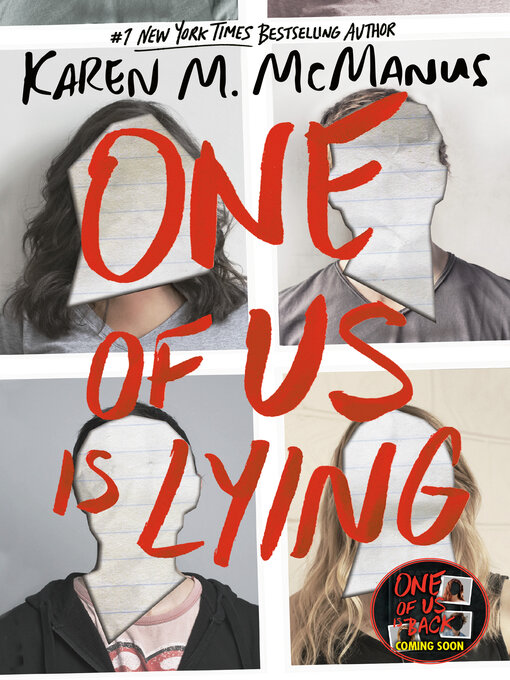 One of Us Is LyingKaren M. McManus |
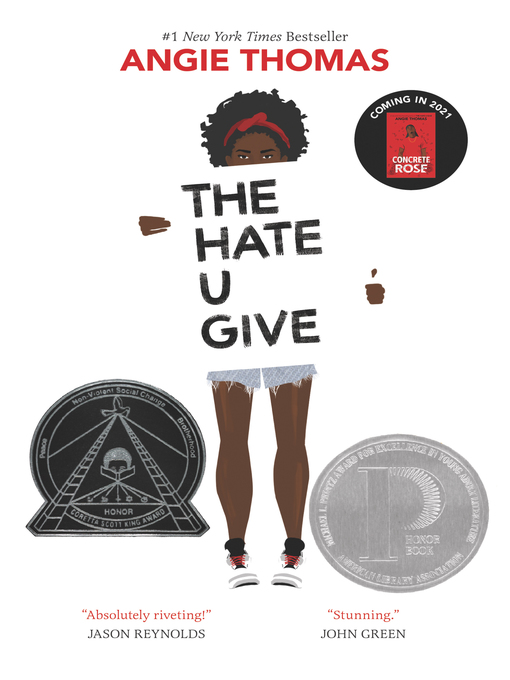 The Hate U GiveAngie Thomas |
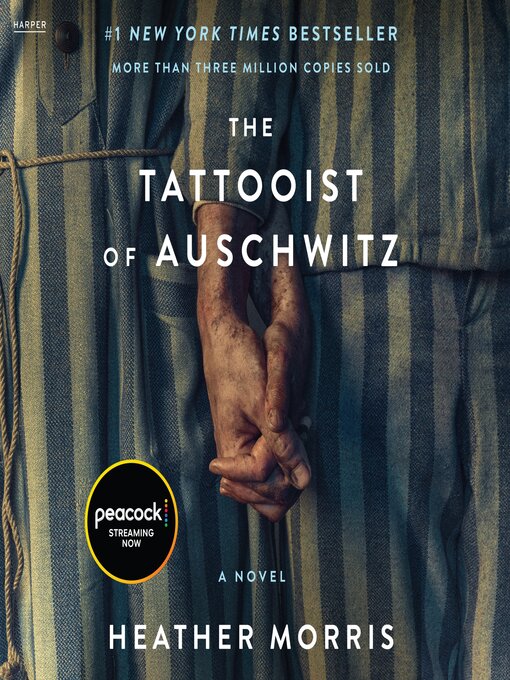 The Tattooist of AuschwitzHeather Morris |
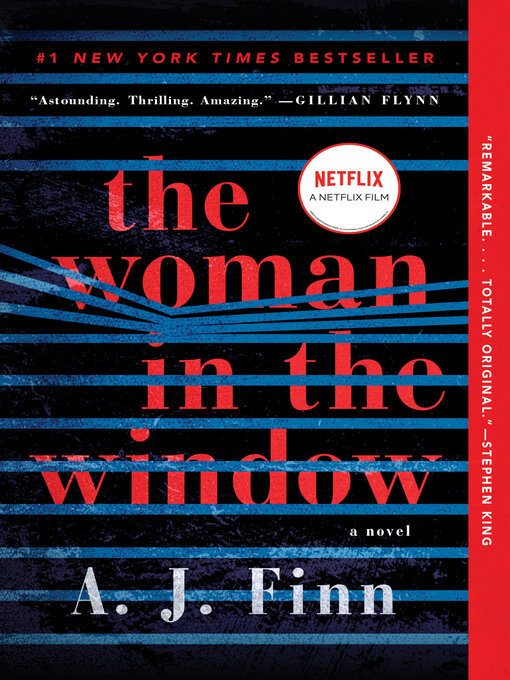 The Woman in the WindowA. J. Finn |
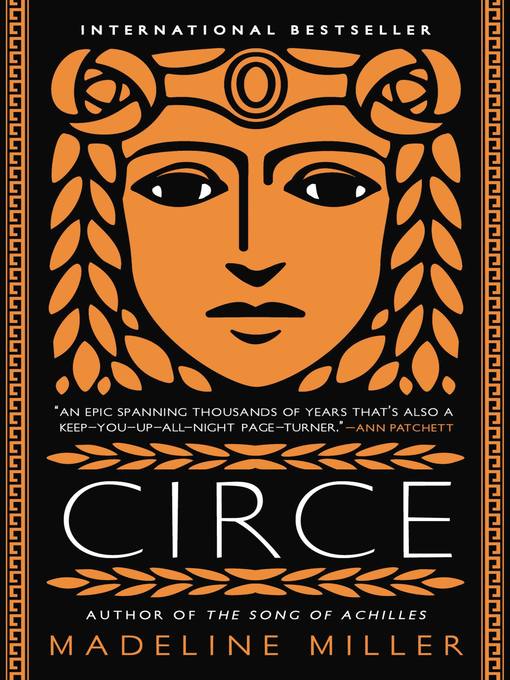 CirceMadeline Miller |
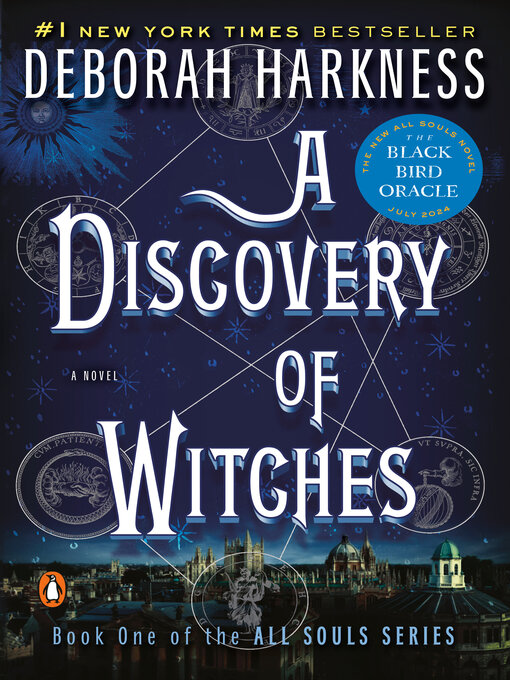 A Discovery of WitchesDeborah Harkness |
 The OverstoryRichard Powers |
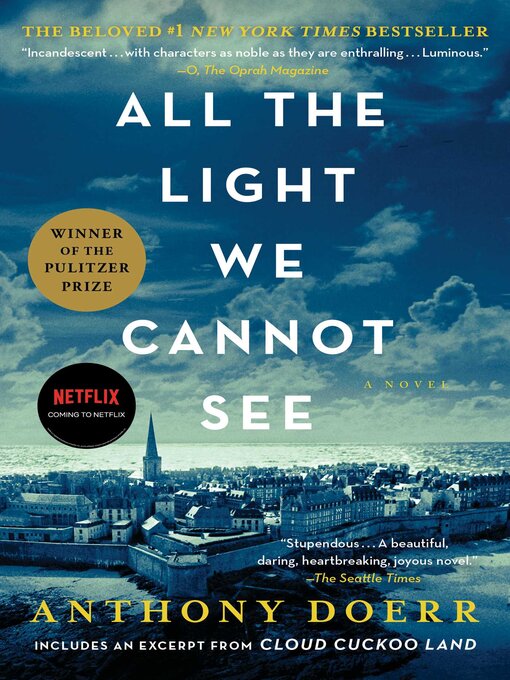 All the Light We Cannot SeeAnthony Doerr |
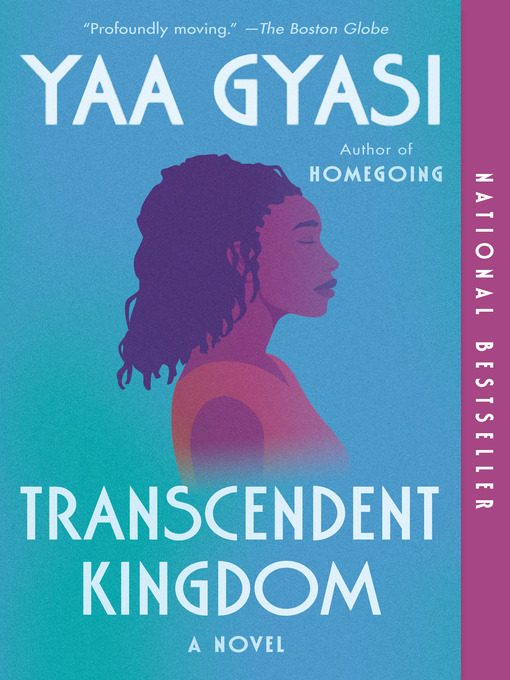 Transcendent KingdomYaa Gyasi |